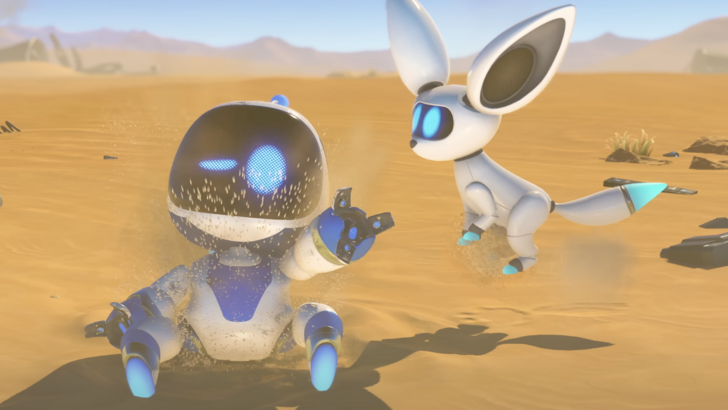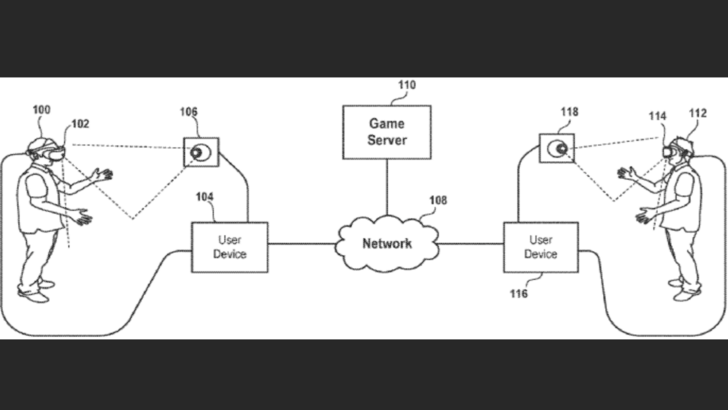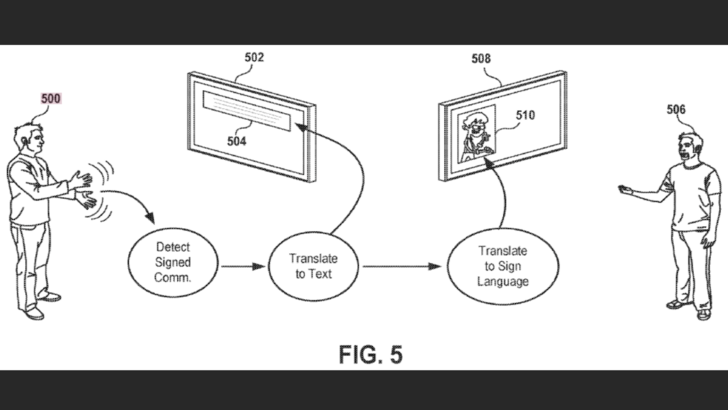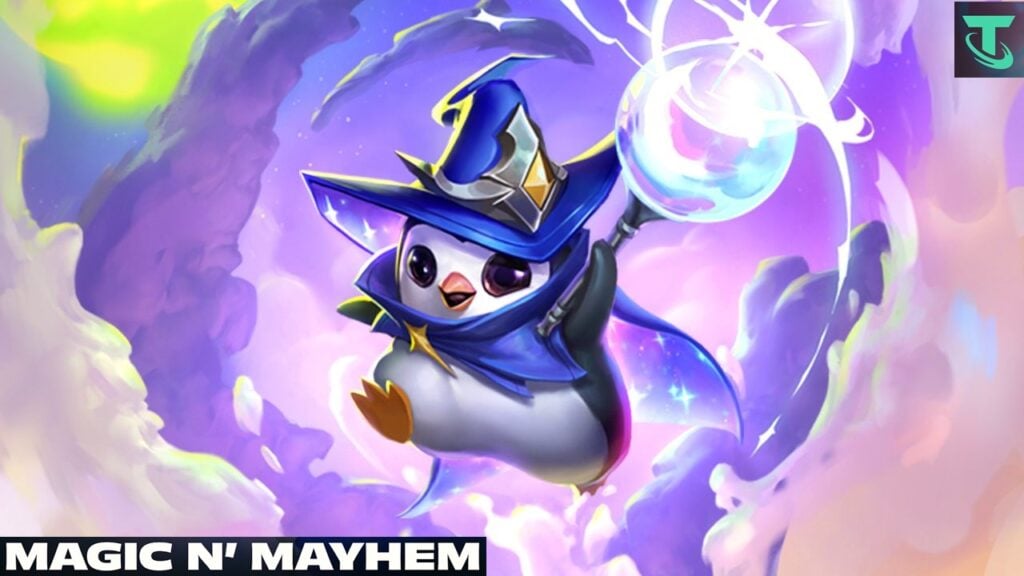 Sony's groundbreaking patent aims to enhance accessibility for deaf gamers by introducing real-time in-game sign language translation. This innovative technology bridges communication gaps between players using different sign languages.
Sony's groundbreaking patent aims to enhance accessibility for deaf gamers by introducing real-time in-game sign language translation. This innovative technology bridges communication gaps between players using different sign languages.
Sony Patents Real-Time Sign Language Translation for Video Games
Leveraging VR and Cloud Gaming Technologies
 This patent, titled "TRANSLATION OF SIGN LANGUAGE IN A VIRTUAL ENVIRONMENT," details a system enabling seamless communication between gamers using different sign languages, such as American Sign Language (ASL) and Japanese Sign Language (JSL). The goal is to provide real-time translation during in-game interactions. On-screen avatars or indicators would visually represent the translated sign language. The process involves a three-step translation: sign language to text, text translation between languages, and finally, text to translated sign language.
This patent, titled "TRANSLATION OF SIGN LANGUAGE IN A VIRTUAL ENVIRONMENT," details a system enabling seamless communication between gamers using different sign languages, such as American Sign Language (ASL) and Japanese Sign Language (JSL). The goal is to provide real-time translation during in-game interactions. On-screen avatars or indicators would visually represent the translated sign language. The process involves a three-step translation: sign language to text, text translation between languages, and finally, text to translated sign language.
Sony's patent emphasizes the non-universal nature of sign languages, highlighting the need for accurate capture, language understanding, and generation of translated sign language output. The patent describes the system's functionality as follows: "Implementations of the present disclosure relate to methods and systems for capturing sign language from one user and translating it for another user in their native sign language."
 Sony proposes utilizing VR headsets (HMDs) or similar devices for input and output. These devices would connect to a user's computer, game console, or other computing device to provide an immersive virtual environment. The patent further suggests a network-based approach, where user devices communicate with a game server, maintaining a synchronized game state.
Sony proposes utilizing VR headsets (HMDs) or similar devices for input and output. These devices would connect to a user's computer, game console, or other computing device to provide an immersive virtual environment. The patent further suggests a network-based approach, where user devices communicate with a game server, maintaining a synchronized game state.
This architecture allows for shared gameplay experiences across a network. Sony also suggests integrating the game server with a cloud gaming system for efficient video rendering and streaming between users. This cloud-based approach ensures smooth, real-time translation regardless of geographical location.







